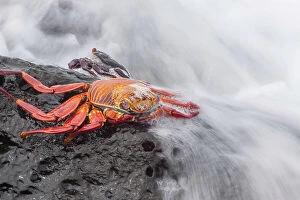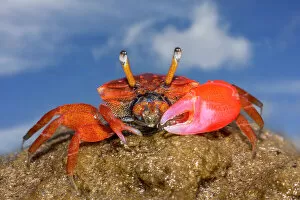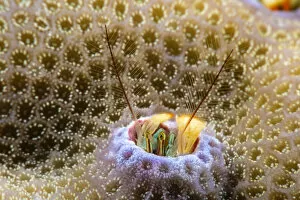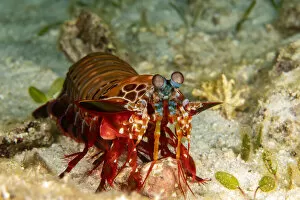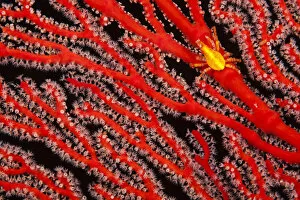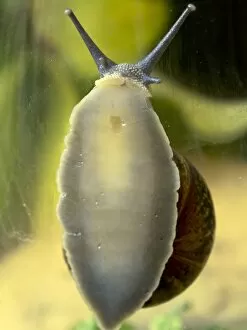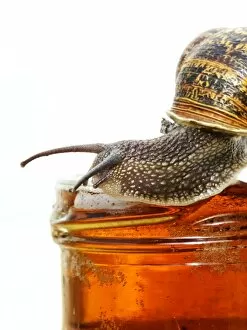Eyestalks Collection
Discover the fascinating world of eyestalks, not the tech company, but the intriguing sensory organs of various marine and terrestrial creatures
For sale as Licensed Images
Choose your image, Select your licence and Download the media
Discover the fascinating world of eyestalks, not the tech company, but the intriguing sensory organs of various marine and terrestrial creatures. (NA) The Coral Hermit Crab of Yap, Micronesia, and the Paguritta vittata, use their long eyestalks to detect predators and prey in the deep sea. (NA) In the Philippines, the Manitis shrimp relies on its sensitive eyestalks to navigate the sandy seafloor. (Fiddler Crab, Uca, Yap, Micronesia) On the island of Yap, the fiddler crab's eyestalks help it detect vibrations in the sand, alerting it to potential threats. (A Yellow Gorgonian Crab, Xenocarcinus depressus, at night on its host, a gorgonian coral fan, Fiji) they can also essential for the yellow gorgonian crab, allowing it to locate its host coral in the dark. (Garden snail climbing on glass) Terrestrial creatures, like the garden snail, have simpler eyestalks, but they play a crucial role in the snail's ability to sense touch and light. (Garden snail on beer trap) Even when trapped, the garden snail's eyestalks help it detect the beer bait and potentially escape.

